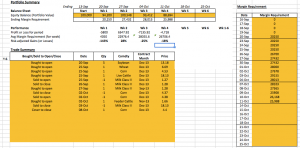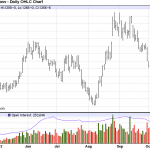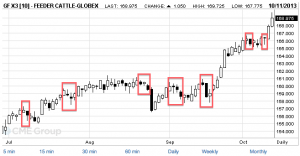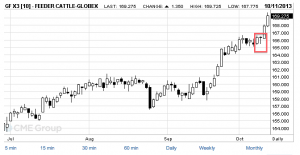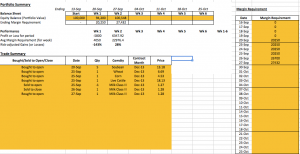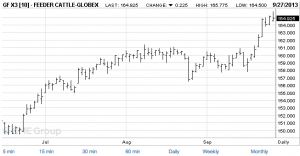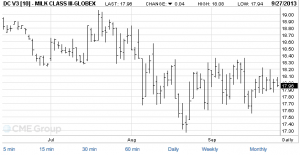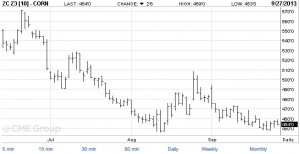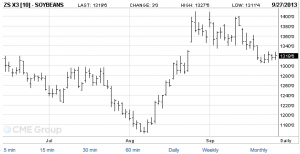Climate changes such as warmer winters, storms, droughts and forest fires have posted great challenges to our generation, and greater public concerns over environment and its impact on economy and healthcare have rised during the past decades. To address this problem, British Columbia government has taken action by implementing carbon tax policy. In this blog we will have a brief discussion about the choice, design and effectiveness of carbon tax policy in BC.
Overview of BC carbon policy:
According to Wikipedia, British Columbia’s carbon tax is a policy which adds additional carbon taxes to fossil fuels burned for transportation, home heating, and electricity, and reduces personal income taxes and corporate taxes by a roughly equal amount. The carbon tax is collected at the point of retail consumption (for example, at the pump for gasoline and diesel).
It’s estimated that B.C.’s carbon tax could reduce emissions in 2020 by up to three million tonnes of CO2 emissions annually, which is equal to taking almost 800,000 cars off the road each year. The tax on carbon emission is a critical component of B.C.’s Climate Action Plan to reduce greenhouse gas emissions by 33 per cent by 2020. (Ministry of Finance, B.C. government)
When understanding the effectiveness of the carbon tax policy, it is important to know the rationale behind the choice of carbon tax against the prevailing cap-and –trade system. Basically, three major criteria need to be considered.
The first to be considered is the cost-effectiveness. carbon tax allows us to achieve emissions reductions at a lower cost than cap-and-trade system. Cost minimization requires equating marginal abatement costs across all emission sources, which mean that all firms and households face a common price per unit of CO2 in their energy-intensive products. This cost-minimizing condition is best satisfied with a tax system applied in the upstream of the fossil fuel supply chain;
The second to be considered is the equity issue. We need to decide which instrument performs better under the uncertainty over future abatement cost. The carbon tax provides certainty about the marginal cost of abatement across all sectors, but little certainty about the amount of emission of reductions; The cap-and-trade instrument, on the other hand, provides more certainty about the amount of emissions reductions that will result but little certainty about the price of emissions. However, as the damage of CO2 depend primarily on the stock of gases, and the stock changes only slowly, the global emissions in any given year have only small impact on the stock of CO2, so the marginal benefits of controlling the amount of emissions is not obvious.
Finally and more importantly is the distributional effects, there is a common misunderstanding that the carbon tax unfairly impacts low-income British Columbians as low-income households spend a relatively larger proportion of their income in energy intensive good such as heating, gasoline and electricity, compared with more affluent households. This concern is addressed by government “a major component of the personal and business income tax cuts provided as part of the revenue neutral carbon tax is the ongoing low income climate action tax credit designed to help offset the carbon tax paid by low-income individuals and families. The credit is paid quarterly along with the federal GST credit and BC HST Credit.” On the other hand, a cap-and-trade with free allowance can actually make things worse by widening the distributional gap, as it raise profits of firms accepting free allowance, and the ultimate beneficiaries are stakeholders who are in upper-income groups. What’s more, carbon tax is much easier for governments to implement. “A carbon tax can rely on existing administrative structures for taxing fuels and can therefore be implemented in just a few months. In theory, the same applies to cap-and-trade systems, but in practice they tend to be much more complex. More time is required to develop the necessary regulations, and they are more susceptible to lobbying and loopholes. Cap-and-trade also requires the establishment of an emissions trading market.”(David Suzuki Foundation, n.d.)
How carbon tax in BC works:
The fact that the chemical makeup of the fuel that determine the amount of greenhouse gas that one unit of this particular type of fuel produces when burned, (the amount of carbon in the fuel is then computed), allows for a relatively simple administrative process for applying the carbon tax. The carbon tax then applies to the purchase of the fuels with in BC. According to Ministry of Finance in BC, “Administratively, the carbon tax is applied and collected in essentially the same way that motor fuel taxes are currently applied and collected, except natural gas which is collected at the retail level. This minimizes the cost of administration to government and the compliance cost to those collecting the tax on government’s behalf.”
The tax level:
Economic welfare-maximizing theory recommend that the CO2 level should reflect the negative results from the emissions to the future climate change impacts including the damages to agriculture and health effects. Challenges remain in the computing of the damage as there is substantial uncertainty of the extend of the impact and the data availability is low. Roughly, most estimates put the future damages from today’s emission sat around $5 to $20 per tonne of CO2(Aldy, Ley, and Parry, 2008). In BC, the tax rate is $30 per tonne of CO2 equivalent emissions, increasing by $5 per tonne from $25 per tonne imposed since July 2011. “This tax rates are deliberately set low to begin with and scheduled to rise slowly over time to send the correct price signal while giving consumers and businesses time to reduce their fuel use.”
The expected effect of the carbon tax:
According to the IPCC 4th Assessment – Synthesis Report, “an effective carbon-price signal could realize significant mitigation potential in all sectors.” A preliminary estimate by an independent consulting company (MK Jaccard and Associates) suggests that in absence of all other GHG reduction strategies, the carbon tax alone could cause a reduction in B.C.’s emissions in 2020 by up to three million tonnes of CO2 equivalent annually. This is roughly the equivalent to the greenhouse gas emissions created by 787,000 cars per year. The carbon tax system in the British Columbia is fairly broad and comprehensive. The fuels included in the tax base account for about 70 per cent of British Columbia’s current green house gas emissions.


